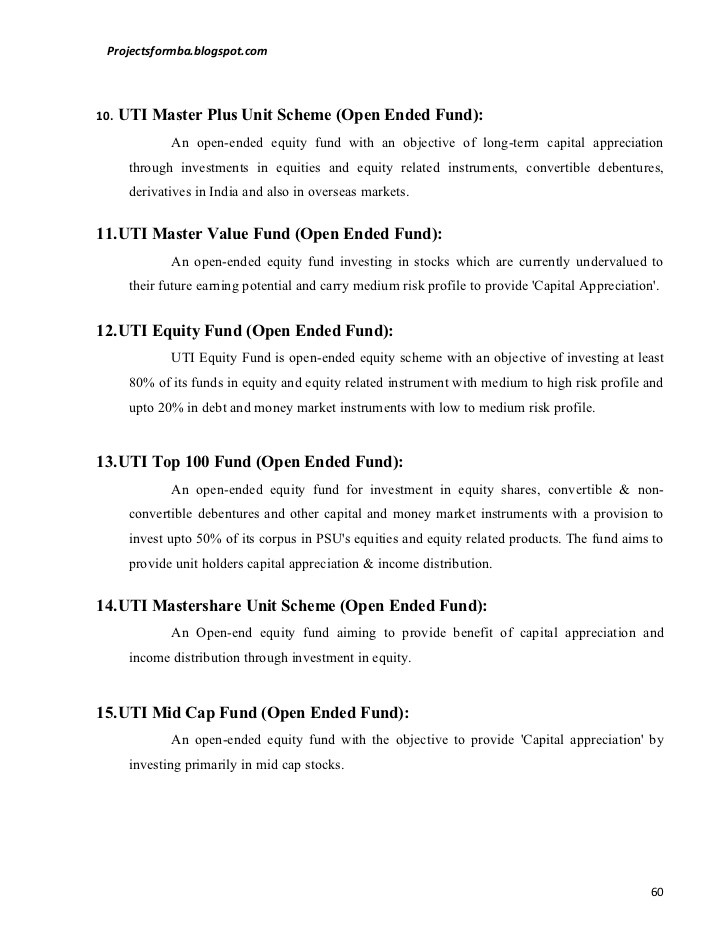Size does not matter in mutual fund investment
Post on: 16 Март, 2015 No Comment

By Rajesh Gajra Jan 21 2014. New Delhi
Analysis shows biggies in terms of assets are often laggards
There is a general tendency among agents and distributors selling mutual fund equity schemes to investors to coax them into schemes, which are largest in size. The attractiveness of such guidance lies in the assumption that investors trust such schemes with large investments.
But does the size of an equity scheme give any definite indication of whether it will be among the toppers or bottommost performer, particularly in the long term? Financial Chronicle Research Bureau analysed performance of 39 diversified equity schemes with a large-cap or a multi-cap focus and having more than 10 years of track record.
The analysis reveals the largest quartile of this lot delivered a rate of return, which was lower by 100 basis points from that delivered by the second-largest quartile. Among the bottom two quartiles, the lowest quartile performed better than the second-lowest quartile, although both delivered lower returns than the top two quartile sets.
The analysis, which puts the 39 schemes into four buckets or quartiles based on the average of their corpus size during September-December 2003 period, looked at their weekly net asset values from January 2009 to January 2014 and culled rolling five-year compound annual growth rate (CAGR) of returns from it. These were then averaged and used to arrive at the performance of each scheme. The analysis was based on data provided in the mutual fund database, Capitaline NAV.
The largest 10 schemes, which formed the top quartile, saw an average five-year CAGR of return ranging from 9.6 per cent to 18.5 per cent being delivered with the quartile average being 13.7 per cent. Their assets under management size, 10 years ago, ranged from Rs 395 crore to Rs 1,240 crore.
A higher quartile average of 14.7 per cent was, however, delivered by the second quartile where the average five-year CAGR of return ranged from 10.2 per cent to 17.7 per cent. The 10-year old AUMs of the 10 schemes in this quartile ranged from Rs 84 crore to Rs 329 crore.
The third quartile’s average CAGR of return was 10.2 per cent while that of the bottommost quartile, which included nine schemes, was higher at 10.9 per cent. The former had schemes giving CAGR of returns between 5.8 per cent and 13.0 per cent, while the latter saw schemes with returns ranging from -1.8 per cent to 17.2 per cent.
The 10 best performers among the 39 schemes, in terms of their average five-year CAGR of returns, were found scattered in three of the four quartiles. The only quartile not having any top 10 performers being the third quartile, which also had the lowest quartile averages among the four. The first quartile had three top 10 performers, the second quartile had five and the bottommost quartile had two.
The largest five schemes in the September-December 2003 period were Franklin India Bluechip Fund (average AUM of Rs 1,240 crore), Morgan Stanley Growth Fund (Rs 1,206 crore), HDFC Equity Fund (Rs 897 crore), ICICI Pru Top 200 Fund (Rs 571 crore) and HSBC Equity Fund (Rs 567 crore).
FIBF delivered the ninth-best average five-year CAGR of return of 15.6 per cent, while HDFC Equity Fund gave the second-best return of 18.1 per cent. MSGF was ranked 32nd among the 39 schemes with a return of 9.6 per cent followed by IPT2F and HSBC Equity Fund, which were ranked at 24th and 25th positions, respectively with returns of 12.7 per cent and 12.1 per cent.














